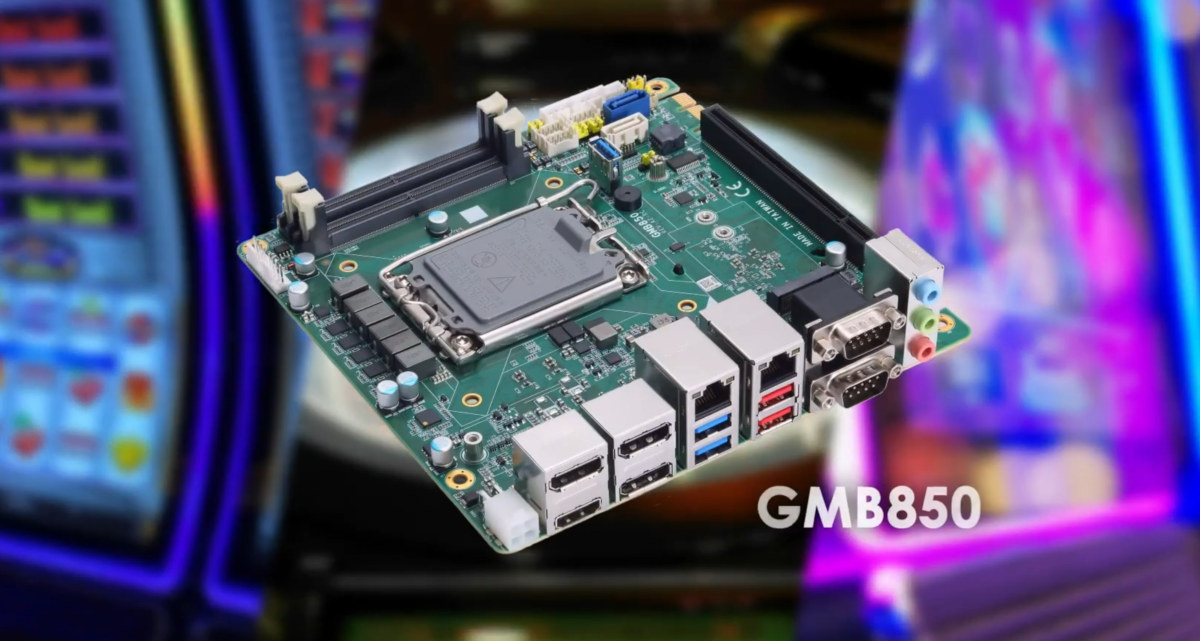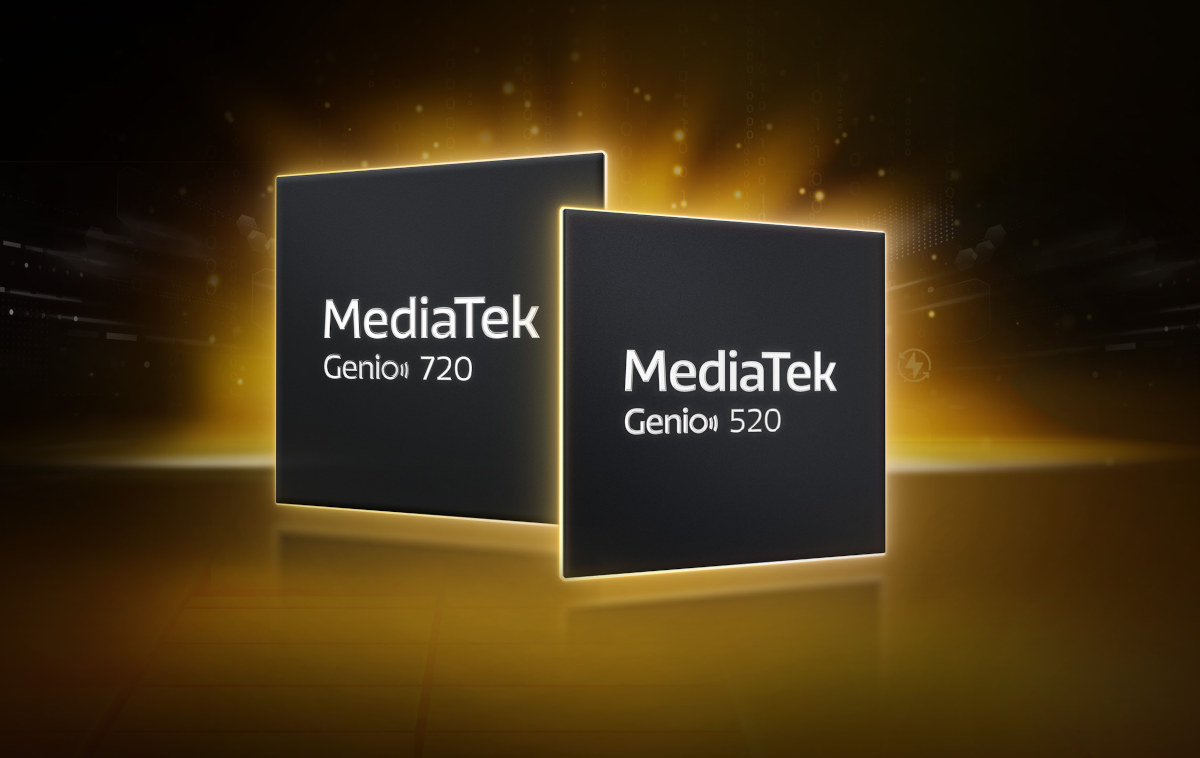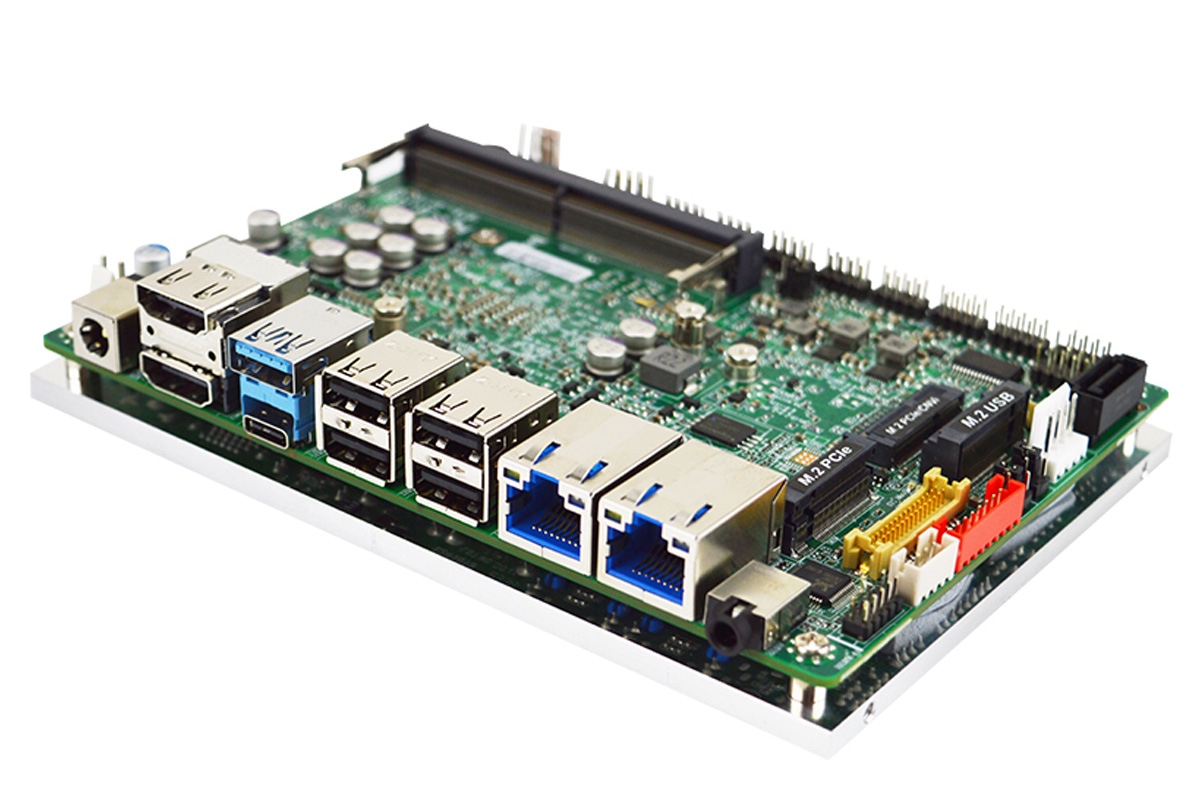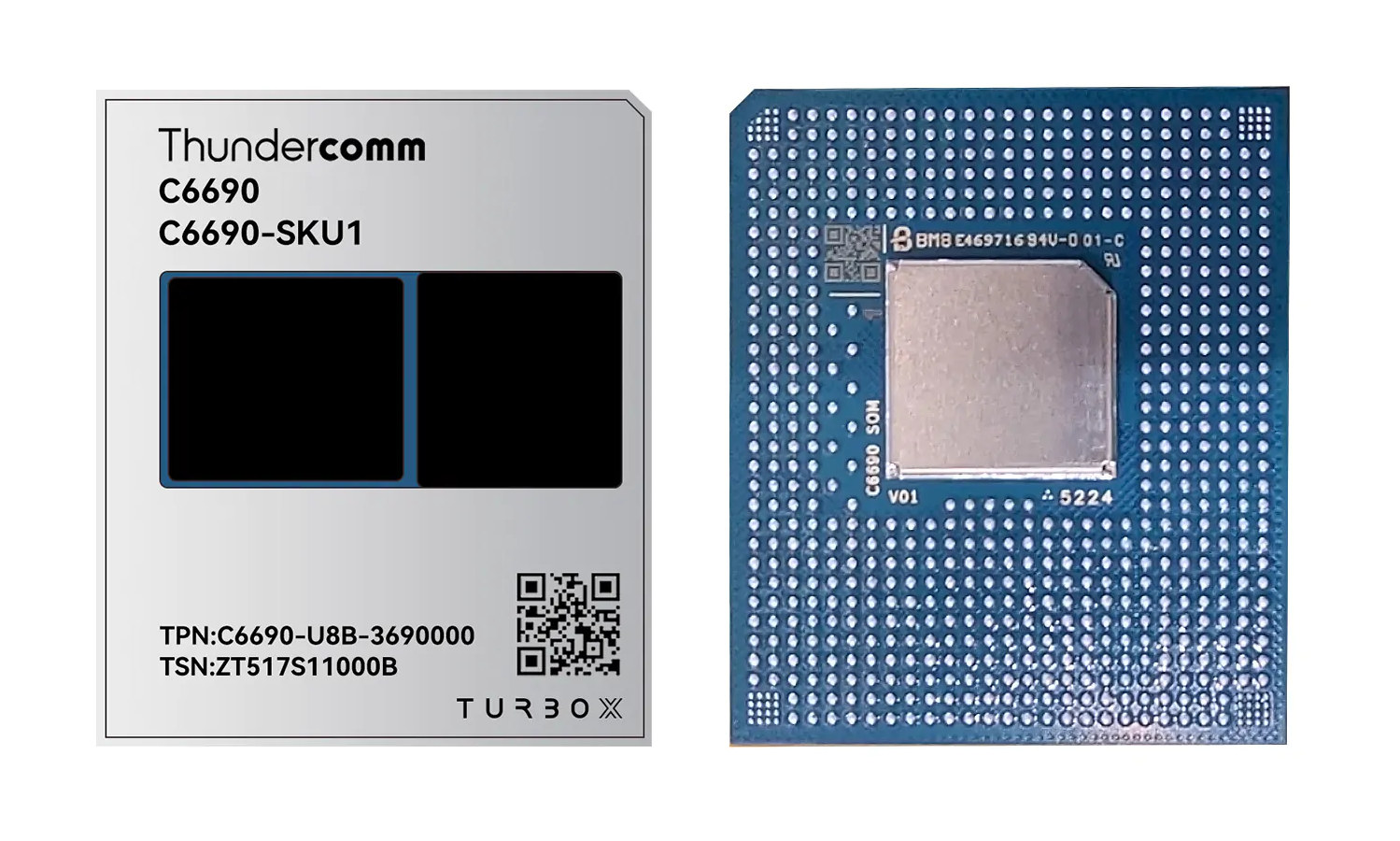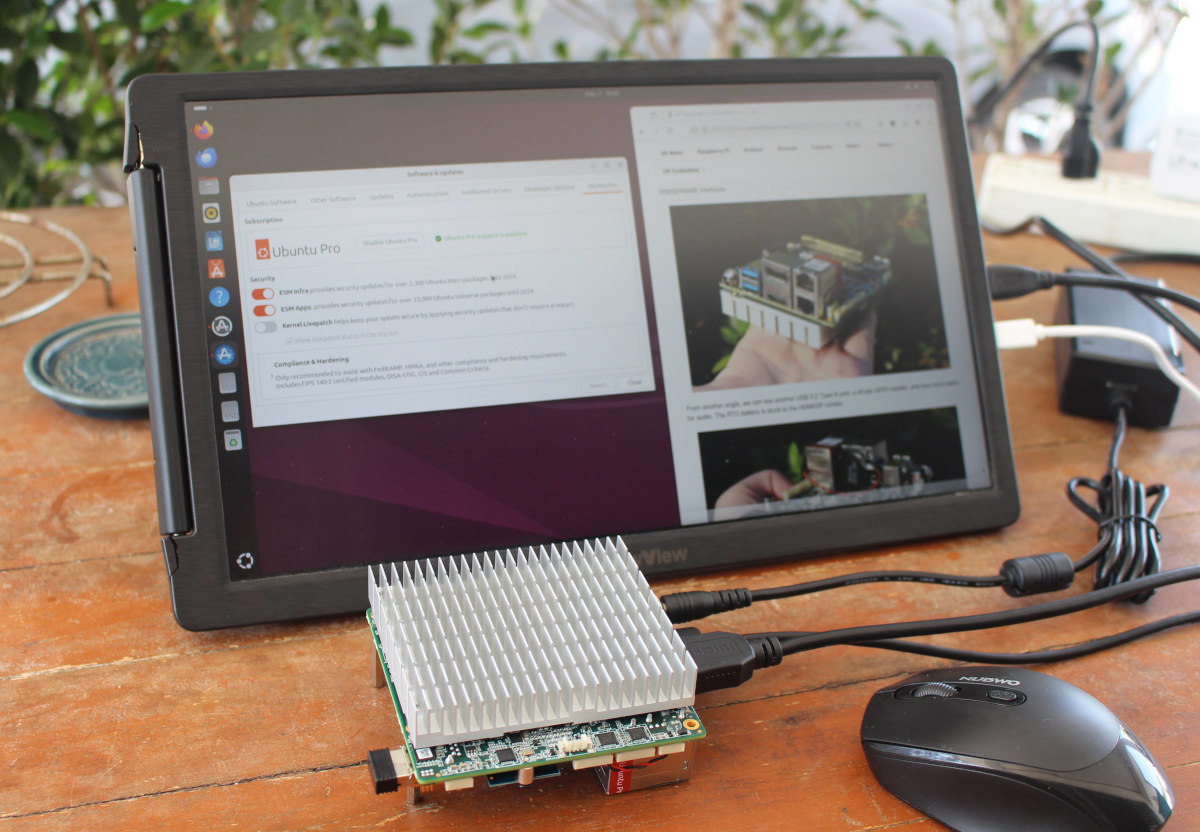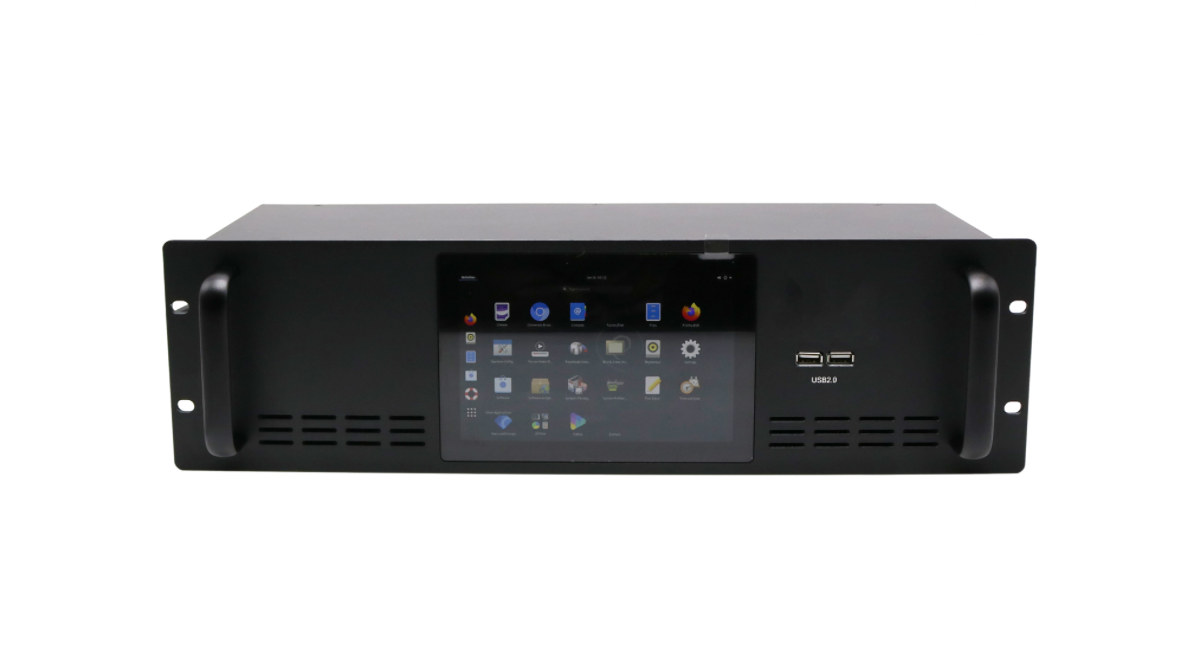I went through an unboxing and Debian 12 installation on the Radxa Orion O6 at the end of January, but decided to work on other reviews since software support still needed to be worked on. Since then, there’s been some work done, but no new image released. After waiting for almost two months, I’ve decided to carry on with the review by testing the Debian 12 image in a way similar to the Rock 5B SBC preview I did with Debian 11 in 2022 to check what works and what doesn’t on the Orion O6 at the time of the review. That will involve testing all ports, including 5GbE networking and the PCIe slot with an (old) NVIDIA graphics card, running some benchmarks, and also trying the Debian 12 image with a self-built Linux 6.13 kernel using ACPI instead of UEFI for the default image. Orion O6 SBC benchmarks on […]
Teledyne Tetra 2.5 GbE line scan camera supports up to 8K resolution for machine vision applications
Teledyne DALSA has recently announced the Tetra line scan camera family with 2.5GbE networking, up to 8K resolution, a line rate of up to 150 kHz, and offered in monochrome or color versions. Traditional cameras (aka scan camera) will capture a full frame, but line scan cameras will only capture one line at a time to scan an object or scene as it moves past the camera providing higher resolution image provided the speed of the scan and the motion of the object are syncrhonized, for instance, on a production line. Line scan cameras like the Tetra are typically used for quality control at the factory, document scanning, license plate scanning, and scientific research (e.g. satellite imaging). Teledyne Tetra specifications: Color cameras Tetra 2k Color – TL-GC-02K05T-00 Resolution – 2048 x 3 Pixel size – 14 μm Max line rate – 50 kHz x 3 Tetra 4k Color – […]
Axiomtek GMB850 Raptor Lake Refresh mini-ITX motherboard GMB850 is made for casino gaming machines
Axiomtek GMB850 is a mini-ITX motherboard powered by up to 14th Gen Intel Raptor Lake-Refresh processors and designed for casino gaming machines requiring advanced features like gaming analytics, real-time player interaction systems, and dynamic content management. While mini-ITX motherboards may serve multiple markets, there’s a specific market for casino and arcade gaming often using AMD processors. We’ve previously covered such boards in the past with the AMD Ryzen Embedded V2000-powered Sapphire FS-FP6 or the AMD Ryzen Embedded V1000/R1000-based Axiomtek GMB140. Axiomtek Gaming’s GMB850 is a more powerful update with Intel Raptor Lake Refresh processors supporting up to four independent displays with up to 4K resolution and gaming I/O modules making it suitable for casino slot machines, electronic table games, and video walls. Axiomtek GMB850 specifications: SoC – LGA1700 socket for 12th/13th/14th Gen. Intel Core i9/i7/i5/i3/Pentium/Celeron “Alder Lake-S” or “Raptor Lake-S” processor System Memory – Up to 64GB DDR5 4800 MHz […]
MediaTek Genio 720 and 520 AIoT SoCs target generative AI applications with 10 TOPS AI accelerator
The announcement of the MediaTek Genio 720 and Genio 520 octa-core Cortex-A78/A55 AIoT SoCs is one of the news I missed at Embedded World 2025. The new models appear to be updates to the Genio 700 and Genio 500 with a beefier NPU, and the Taiwanese company says the new Genio series supports generative AI models, human-machine interface (HMI), multimedia, and connectivity features for smart home, retail, industrial, and commercial IoT devices. Both are equipped with a 10 TOPS NPU/AI accelerator for transformer and convolutional neural network (CNN) models and support up to 16GB of LPDDR5 memory to handle “edge-optimized” (i.e. quantized) large language models (LLMs) such as Llama, Gemini, Phi, and DeepSeek, and other generative AI tasks. MediaTek Genio 720 and Genio 520 specifications: Octa-core CPU Genio 520 2x Arm Cortex-A78 up to 2.2 GHz (Commercial) or 2.0 GHz (Industrial) 6x Arm Cortex-A55 up to 2.0 GHz (Commercial) or […]
Jetway F35-ASL1 – A 3.5-inch Intel Atom x7433RE SBC with dual 2.5GbE, six COM ports, and triple 4K display outputs
Jetway F35-ASL1 3.5-inch subcompact SBC is built around the Intel Atom x7433RE (Amston Lake) processor and designed for industrial and embedded applications. This SBC supports up to 32GB of DDR5 4800MHz memory and offers triple display output via two HDMI ports, one USB Type-C DP, and an LVDS/eDP interface. It also includes two 2.5Gbps Ethernet ports, optional WiFi and Bluetooth and/or 4G LTE /5G cellular connectivity via M.2 slots. Storage options include a SATA III port, an M.2 M-Key, and an optional onboard 64GB eMMC. The board provides extensive I/O with one USB 3.2 Gen 2 Type-C, one USB 3.2 Gen 2, eight USB 2.0, and six COM ports. Built for industrial environments, it features a wide DC input range (12–28V) with power protection mechanisms (RVP, OCP, and OVP), and a rugged design supporting shock and vibration resistance. It is suitable for industrial automation, edge computing, IoT, digital signage, and […]
Thundercomm TurboX C6690 SoM runs Android 15 on Qualcomm DragonWing QCS6690 SoC for terminal equipment
Unveiled at Embedded World 2025, Thundercomm’s TurboX C6690 is a SoM (System-on-Module) powered by a 4nm Qualcomm Dragonwing QCS6690 octa-core SoC, and designed for Android 15-based terminal equipment such as industrial handheld devices, industrial tablets, edge computing, and smart retail applications. The LGA system-on-module features a multi-chip package that combines 8GB LPDDR4x memory with 256GB UFS storage, and offers MIPI and DP (USB) display interfaces, four MIPI CSI camera interfaces, a USB 3.1 interface, a PCIe Gen2 interface, and various low-speed I/Os such GPIO, I2C, UART, and SPI. Thundercomm TurboX C6690 SoM specifications: SoC – Qualcomm Dragonwing QCS6690 CPU – Octa-core Qualcomm Kryo CPU 7-series (1x Kryo Prime core @ 2.9GHz, 3x Kryo Gold @ 2.7GHz, 4x Kryo Silver @ 2.0GHz) GPU – Qualcomm Adreno GPU 7-series DSP – Qualcomm Hexagon DSP with HVX and HMX ISP – Qualcomm Spectra ISP 665 image processing VPU Video Encode – Up to […]
UP Squared 7100 Review – Part 2: An Intel N100 fanless SBC preloaded with Ubuntu Pro 24.04
I’ve already checked out the hardware of the UP Squared 7100 fanless SBC in the first part of the review with an unboxing and first boot to Ubuntu Pro 24.04. I’ve now had time to test the features of the Intel N100 SBC with Ubuntu Pro, so I’ll report my experience with the system in this second part of the review.
I’ll report my experience with Ubuntu Pro features, test hardware features of the board including GPIOs, check out BIOS options, run a few benchmarks, and measurement power consumption.
Rockchip RK3588 4K video encoder features four SDI inputs, four SDI loop outputs
Mekotronics R58-4×4 3U is yet another device based on Rockchip RK3588 from the company, but this product is a 4K video encoder with four SDI inputs, and four SDI loop outputs mirroring the SDI inputs. SDI (Serial Digital Interface) inputs are used for transmitting uncompressed, unencrypted digital video signals and typically found in professional video production and broadcasting environments. The SDI interface can also be found in security cameras like the MOKOSE SHD50-2.8-12MM and I can also see it used in cameras designed for live streaming on YouTube, or other services. The main advantages of SDI over interfaces like USB, HDMI, or Ethernet, are that it can use longer cables up to 300 meters, offers better signal integrity, and has near zero latency. Compatibility for professional camera equipment is another advantage. Let’s look at the Mekotronics R58-4×4 3U specifications: SoC – Rockchip RK3588 octa-core processor with CPU – 4x CortexA76 […]




